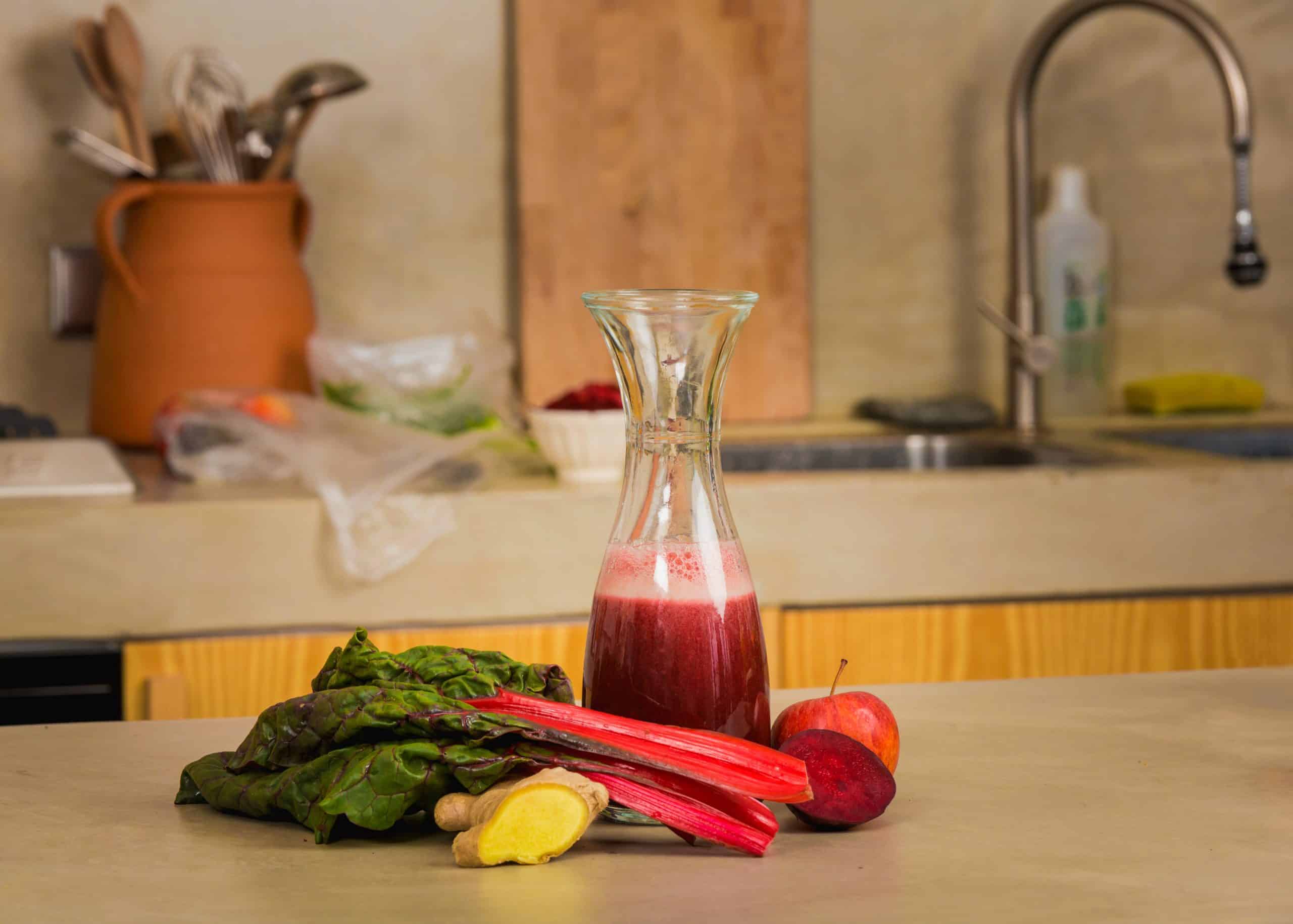Can You Introduce a Raw Food Diet to an Adult Dog with a History of Pancreatitis?

As dog owners, you constantly strive to keep your four-legged companions in optimal health, providing both preventive care and targeted treatments for various medical conditions. One such condition is pancreatitis, an inflammation of the pancreas that often requires a specialized diet. In this context, you might be wondering whether a raw food diet could be suitable for your adult dog with a history of pancreatitis. This article will shed light on this question by exploring the relationship between dog food diets, pancreatitis, and the role of the pancreas in digestion.
Understanding Pancreatitis in Dogs
Before discussing diet, it’s crucial to comprehend what pancreatitis is and how it affects your pet. Pancreatitis in dogs is a condition marked by the inflammation of the pancreas, an organ that produces enzymes critical for digestion. The pancreas normally releases these enzymes into the small intestine, where they break down proteins, carbohydrates, and fat.
Lire également : How to Design a Stimulating Indoor Play Area for a Bengal Cat with High Climbing Needs?
In a dog with pancreatitis, these enzymes are prematurely activated within the pancreas itself, causing self-digestion and inflammation. This process can lead to severe complications, including abdominal pain, vomiting, and diarrhea. In chronic cases, it can damage the pancreas to the extent that it becomes incapable of producing necessary enzymes, leading to a condition known as Exocrine Pancreatic Insufficiency (EPI).
The Role of Diet in Managing Canine Pancreatitis
The role of diet in managing pancreatitis is significant. Dogs with pancreatitis are often prescribed a special diet by veterinarians to help manage their condition. This diet typically consists of low-fat, easily digestible foods. The aim is to reduce the workload on the pancreas and prevent the premature activation of digestive enzymes.
En parallèle : What’s the Best Way to Protect a Dog’s Paws from Hot Pavement Without Restricting Movement?
High-fat foods can trigger pancreatitis in dogs prone to the condition. Therefore, it’s crucial to avoid feeding your dogs fatty human foods or rich, fatty pet foods. Furthermore, regular feeding habits can also contribute to reducing the risk of pancreatitis. By feeding your dogs smaller, more frequent meals, you can help to keep the pancreas activity steady and prevent sudden surges of enzymes.
Feasibility of a Raw Food Diet for Dogs with Pancreatitis
A raw food diet for dogs usually consists of raw meat, bones, fruits, and vegetables. This diet is believed by some to be more akin to what dogs’ ancestral wolves would have eaten in the wild. There’s a thought that it could lead to healthier skin, shinier coats, and other health benefits. However, when it comes to a dog with a history of pancreatitis, the feasibility of a raw food diet becomes a bit more complicated.
Raw diets can often be high in fat, particularly if they contain a large proportion of meat and bones. This could potentially exacerbate pancreatitis in dogs predisposed to the condition. However, it’s worth noting that not all raw diets are created equal, and some may be lower in fat. If you wish to introduce a raw food diet to a dog with a history of pancreatitis, it will be crucial to choose or prepare a diet that is low in fat and provides appropriate nutritional balance.
Best Practices for Introducing a Raw Food Diet to an Adult Dog with Pancreatitis
If you’re contemplating introducing a raw food diet to your dog with a history of pancreatitis, it’s important to take a careful and informed approach. It’s best to consult with a veterinarian or a pet nutrition expert before making any substantial changes to your dog’s diet.
Consider feeding your dogs lean, raw meats such as poultry or rabbit, as opposed to fattier meats. You may also want to limit the amount of raw bones you include in the diet, as these are also high in fat. Additionally, incorporating raw fruits and vegetables can provide fiber and other nutrients, while also helping to keep the overall fat content of the diet low.
Remember, the health of your pet should always be your top priority. Therefore, monitor your dog closely after making any dietary changes. If you notice any signs of discomfort or a recurrence of pancreatitis symptoms, revert to the previous diet and seek veterinary advice. While a raw food diet may have potential benefits, it’s essential to ensure it’s safe and suitable for your specific pet’s needs.
By adopting a cautious, informed approach, you can make the best dietary choices for your dogs with a history of pancreatitis. Whether a raw food diet is right for your pet depends on a variety of factors, including their overall health, the specific composition of the diet, and how their body responds to it.
Raw Feeding Transition and Monitoring for Canine Pancreatitis
Transitioning an adult dog with pancreatitis to a raw food diet requires mindful, gradual steps. A sudden switch in diet can lead to digestive distress and a potential relapse of pancreatitis. Therefore, it’s important to ease your dog into a raw diet, starting with small amounts of low-fat raw food incorporated into their regular diet. Gradually, you can increase the proportion of raw food as your pet’s digestive system adjusts.
Understanding your dog’s nutritional needs is vital in this transition. Dogs with pancreatitis need a diet that’s low in fat yet fulfilling in terms of proteins, vitamins and minerals. Lean raw meats like chicken, turkey and rabbit along with a selection of fruits and vegetables can be a good starting point. A key thing to remember is to avoid raw dog food with a high fat content as it could trigger a pancreatitis flare-up.
Monitoring your dog’s health during this transition is essential. Keep a close watch for signs such as loss of appetite, vomiting, diarrhea, lethargy, or abdominal pain. These could indicate an adverse reaction to the raw diet or a resurgence of pancreatitis. If you notice any such symptoms, it is prudent to immediately consult your vet and temporarily revert to the previous pet food.
Concluding Thoughts on Raw Feeding for Dogs with Pancreatitis
While a raw food diet can potentially offer various health benefits for dogs, it’s not a one-size-fits-all solution. For dogs with a history of pancreatitis, careful selection of low-fat raw foods is crucial. The focus should be on lean meats and a variety of fruits and vegetables, while being cautious about the fat content in the diet.
Before embarking on raw feeding, it’s recommended to consult a veterinarian or a pet nutrition expert. They can provide valuable guidelines on the nutritional needs of your pet and help create a balanced diet plan. This becomes even more significant for dogs with pancreatitis, as a balanced, low-fat diet can help manage their condition and prevent pancreatitis flare-ups.
In the end, remember that your pet’s well-being is paramount. Regularly monitor your dog’s health and observe for any signs of discomfort or deterioration. A raw diet can offer a more natural way of feeding your pet, but it should never compromise your dog’s health. Always be open to adjustments, and don’t hesitate to seek professional guidance when in doubt. By striking a balance between nutritional needs and managing pancreatitis, you can provide your dog with a diet that supports their overall well-being.
